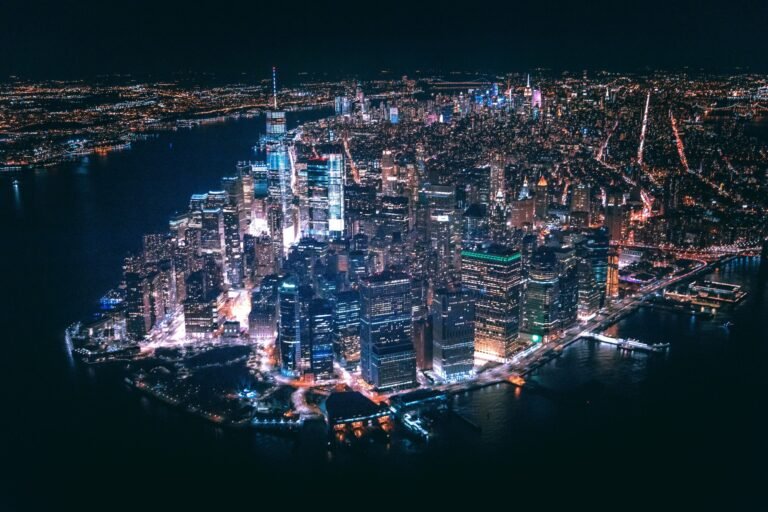Pastoral Symphony Installation / Bourguignon Quentin + Delebecque Marin + Doin Luc
Pastoral Symphony Installation / Bourguignon Quentin + Delebecque Marin + Doin Luc


Text description provided by the architects. Completed as part of the 16th edition of the Horizon “Art Nature” in Sancy, the project aims through different aspects, to shed light on and question the status of the rural world, its landscape, its inhabitants, its diversity, in its relationship with diverse contemporary problematics as tourism, building habits or ecology. Both temporal and visual artifact, the symbol of the bell tower is synonymous with centrality. This focal point here is moved into the heart of what makes Sancy as it is, as much as its cities and villages: its rural activity.

Pastures are places that are often crossed, but where few people stay, whereas those places represent a fundamental element of the rural landscape. The displacement of the bell tower questions the way to look at these agricultural spaces, their evolution, and their transformation. “Symphonie pastorale” (Pastoral Symphony) is a slim micro-architecture project that refers to the archetype of the bell tower, an echo of all of the other ones already existing in the surrounding villages.



The first level is made of a wooden structure filled up with straw and over it, a traditional wood frame. The sleek geometry gives it a monolithic shape from afar, while the semi-open pattern of the façade creates a graphical rhythm that you discover by getting closer. The sober interior shows the straw, the wood structure, and the bells. A bell tower without bells cannot be.



Here, the public can be an actor in the rural world for a moment: with a rope that activates some bells that hangs in the construction, the visitor can be part of the “Symphonie pastorale” (pastoral symphony) by producing a sound that will be mixed and integrated to those coming from the animals in the surrounding pasture. An anthem to the rural world.

The use of wood and straw as constructive materials is a highlight of those local resources, which are part of the agricultural identity. Straw bale and construction wood allowed a local supply through a farmer and a sawmill, both located less than 25km away. We see the realization of micro-architecture as a way to question the public about subjects that we are used to confronting in our daily life, to have a look at our environment, both built or as a landscape, and to experiment with unconventional ways of building.








